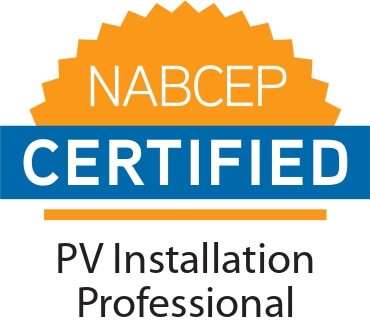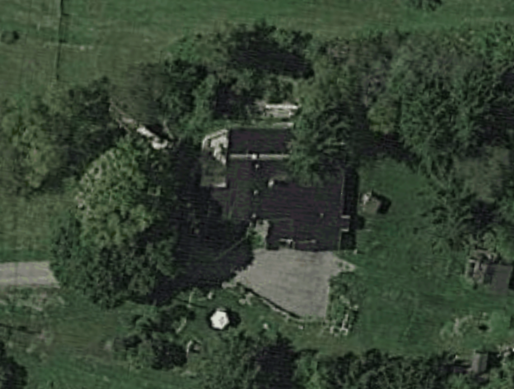Many solar installers use satellite and drone imagery to determine whether a specific building is suitable for rooftop solar modules. So does Milestone Solar – but only as a first step.
Looking at a potential solar site by remote control is much quicker and easier than driving to a site, getting out of the truck, and checking it out. But there’s a lot it can’t tell you.
tutobon.com red-gricciplac.org tutobon.com mads nørgaard taske ribstol elan feinsmecker strømper beckmann 12l tutobon.com dymytr povlečení beckmann 12l teplakova suprava panska tutobon.com mads nørgaard taske wiener-bronzen.com vm 1986 trøje
For example, satellite photos are taken looking straight down, so any images they capture are purely two-dimensional. While they can show you where large objects like HVAC units, chimneys, and trees are, they can’t show you how tall they are or how much shadow they cast. Same goes for the height and size of dormers and gables.
They can’t show whether the land is level or if it slopes, and in which direction.
They can’t show smaller roof obstructions like poles and roof vents that could get in the way of installing solar roof racks. Nor do they show you other buildings nearby, which could be casting shadows that reduce sunlight and solar power.
Satellite imagery isn’t up-to-the-minute; it shows how a property was, not how it is right now. So it could miss things like whether a tree is growing, has been pruned, or cut down.
Satellite photos are taken from miles away (straight up), so they can be grainy or slanted. In addition to obscuring important details, they can distort dimensions.
And satellite photos don’t show where the electric meter is, which is important to know for placing conduits. Relying on satellite imagery alone means that any and all of these shortcomings can cut into the power your solar installation generates.
Drones, which we also use, can provide lots of important information that satellite photos can’t, but they don’t have x-ray vision. So they can’t tell you whether a roof is strong enough for a solar array, what condition it’s in, or where and how thick the supporting beams are.
That’s why Milestone won’t submit a custom-engineered solar design or install a single module without first conducting a free, on-site, in-person solar survey. If your home or commercial building is fine for rooftop solar, we’ll tell you and proceed to a detailed estimate of parts, costs, schedules, and power output. If not, we can talk about a ground-mount installation (which many other solar installers can’t perform).
And if for any reason your site just isn’t right for solar, we’ll tell you that too. Because we’d rather forgo a job then do it any way short of absolutely right.




